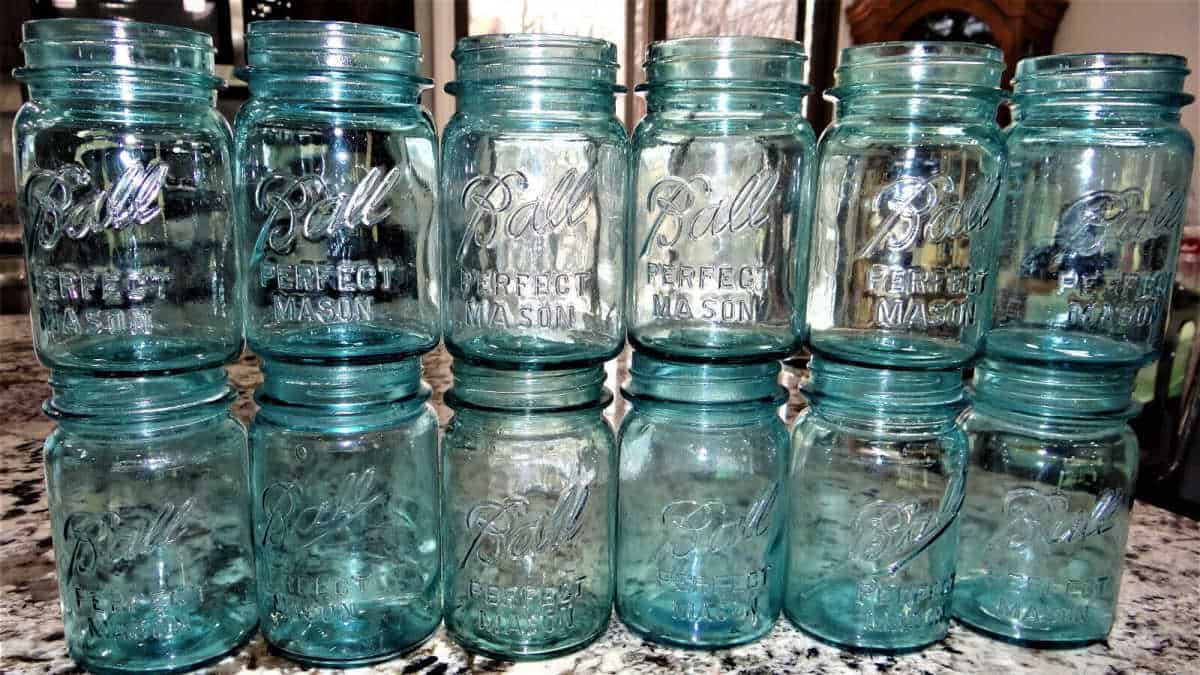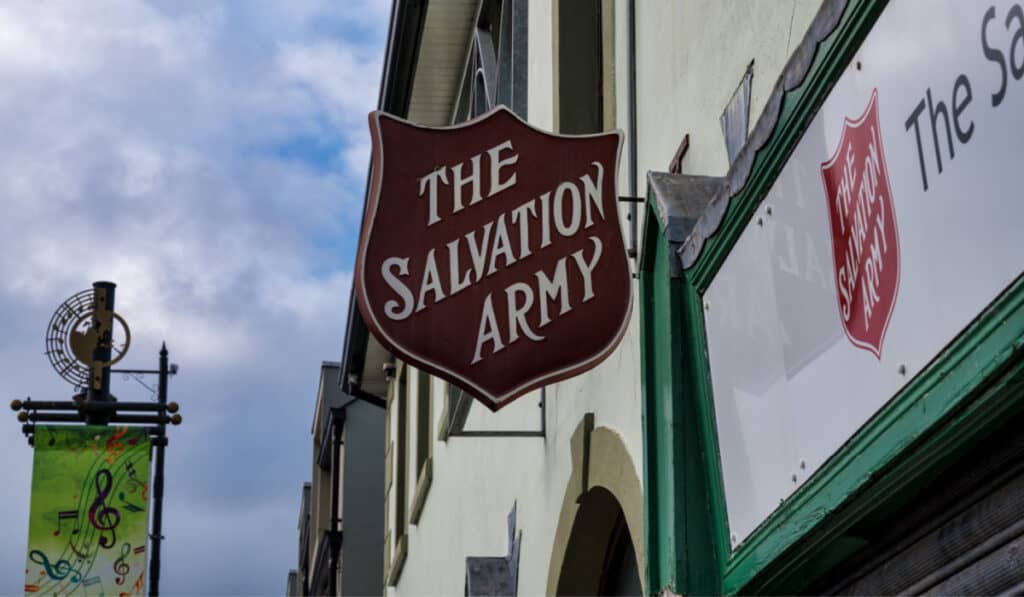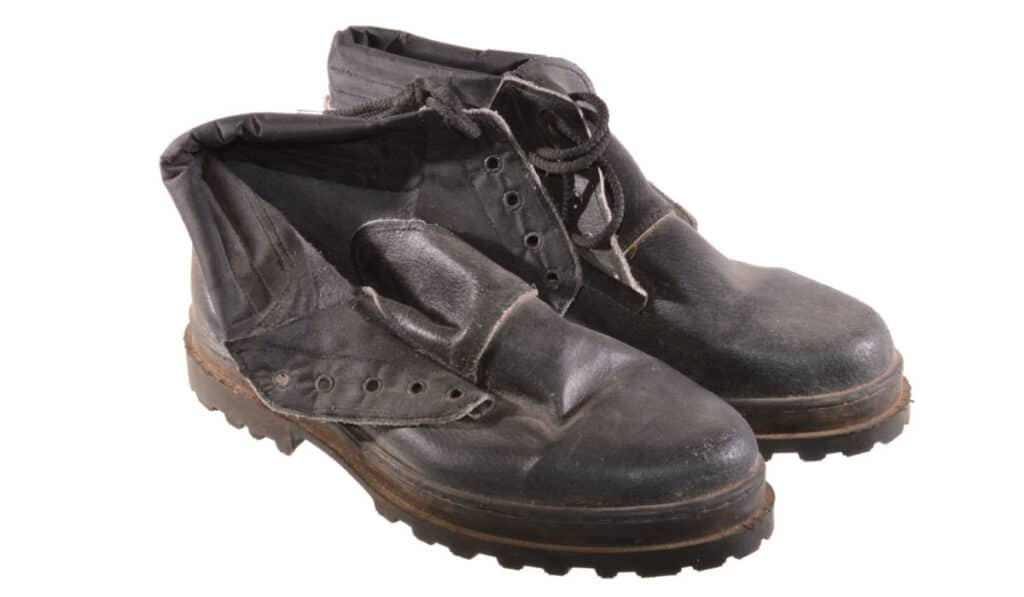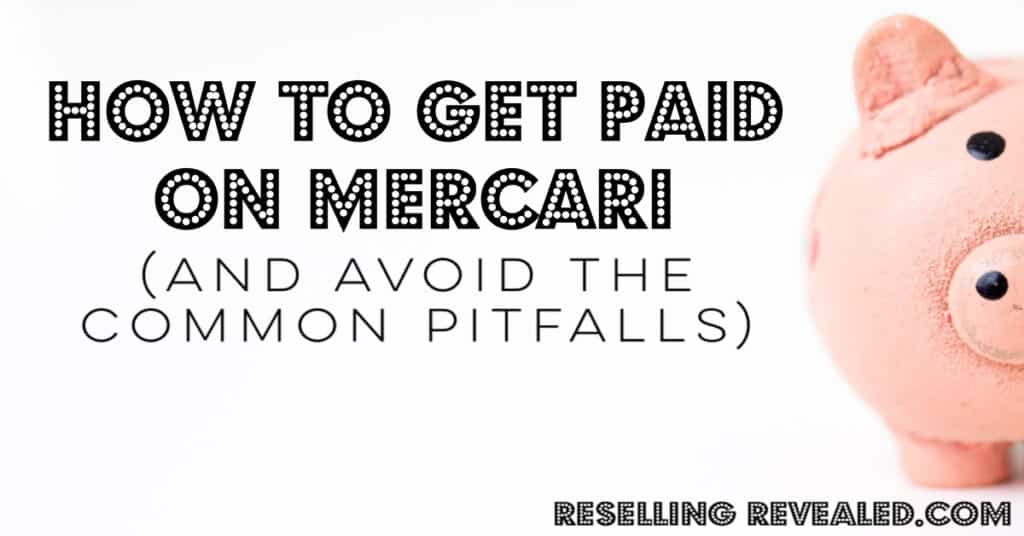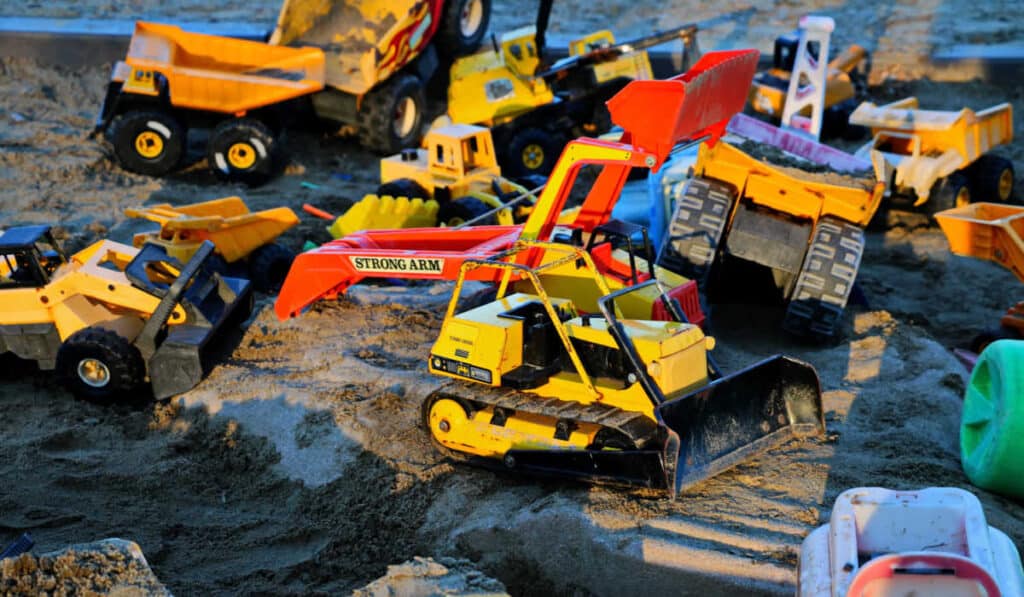As an Amazon Associate I earn from qualifying purchases.
Despite having sold on eBay full-time for more than 5 years there are still types of items I know absolutely nothing about.
I spend dozens of hours perusing thrift stores every week for things to sell and have to pass by several shelves of goods that I just don’t have enough expertise to go through.
Until recently, mason jars fell into that category.
I grew up using Mason jars and couldn’t tell you a single thing about them.
However, after seeing that some people were finding rare mason jars worth money (like, big money) I decided that I was leaving money on the table by not figuring things out.
To that end, I spent several hours studying vintage and antique mason jars so that I could put together this guide. Hopefully, it cuts the time that it takes you to learn about the world of jars significantly…because this article would have really helped me a couple of weeks ago!
So let’s take a look at the types and brands of mason jars that are worth money (and how much they’re worth) and then we’ll look at a few extremely rare examples that are considered to be the most valuable.
What Makes A Mason Jar Valuable?
As with everything that sells on eBay, things are valuable because people want them. In this case, old mason jars are purchased almost entirely by collectors (or Pinterest moms) who purchase them to display. This means that they can vary in value from several hundred dollars to nearly worthless.
Given that, there are a few things that will generally mean a mason jar is on the more valuable end of the spectrum. Let’s take a look at them.
Age Of The Jar
A Mason jar’s value depends heavily on its age. Jars from the late 19th and early 20th centuries are generally more desirable (meaning more valuable) because they are harder to find and have unique characteristics due to their age – for example, the color of glass used, logo design style used, and bubbles or imperfections. All of these can provide clues as to its age and increase its desirability among these enthusiasts.
The Manufacturer
Contrary to what I used to believe, mason jars are not all made by Mason. While they are a major player (and the namesake for the jar style) there are a dozen other companies that competed for the top spot.
People tend to collect jars from the same brand so it pays to know both the major players and the smaller (and usually more rare) regional manufacturers.
Design and Features
While most people are familiar with the traditional mason jar shape, it is often the odd designs that are worth more money.
The “economy” jars were produced by the million (literally) but there are dozens of other jars that were created for a specialty purpose (or for a brief time) that are significantly more difficult to find.
In addition to the overall design, collectors typically look out for embossing or limited edition designs that feature embossed or embossed designs; special closures (including glass lids with wire bails or ones featuring the “triple L” Ball logo that were only briefly used), etc.
Glass color also plays a big part in its value; clear jars are most prevalent and valuable while those featuring shades such as blue, green, or amber tend to be rarer, and even rarer still are black or purple hues.
Condition
While the condition is important enough to make this list, it’s actually less important than you might think.
Jars that are in absolutely perfect condition do command a premium price but, as most people are looking for display pieces, most other conditions sell for similar money.
I’ve sold jars with chips, cracks, hazy, glass, etc. So take the condition into account but don’t place too much emphasis on it!
Rarity
Rarity is one of the primary elements that helps to determine the value of vintage and antique Mason jars, both modern and antique. However, it’s all the summation of all the above qualities. For example, a very early mason jar in dark amber (color) from the Mason Company that has an error logo would be incredibly rare and valuable.
So look for jars that are rare enough to be desirable but still known enough to have a bit of a following.
A few other rare mason jars worth noting include the upside-down Ball jar produced as an error during production and an amber-colored “Buffalo” from North Baltimore Bottle Glass Company. There are typically only a couple of such jars on the market at any given time which keeps prices continuously high.
5 Most Sought-After Brands
While the brand may not be the most important part of a jar’s value, it is the thing that makes them easy to recognize.
If you know the brands of a half dozen valuable mason jar manufacturers you’ll be able to breeze through any flea market or thrift store and leave behind jars that aren’t worth collecting or reselling.
Here are the brands that you absolutely have to know to get started in this game:
1. John Landis Mason
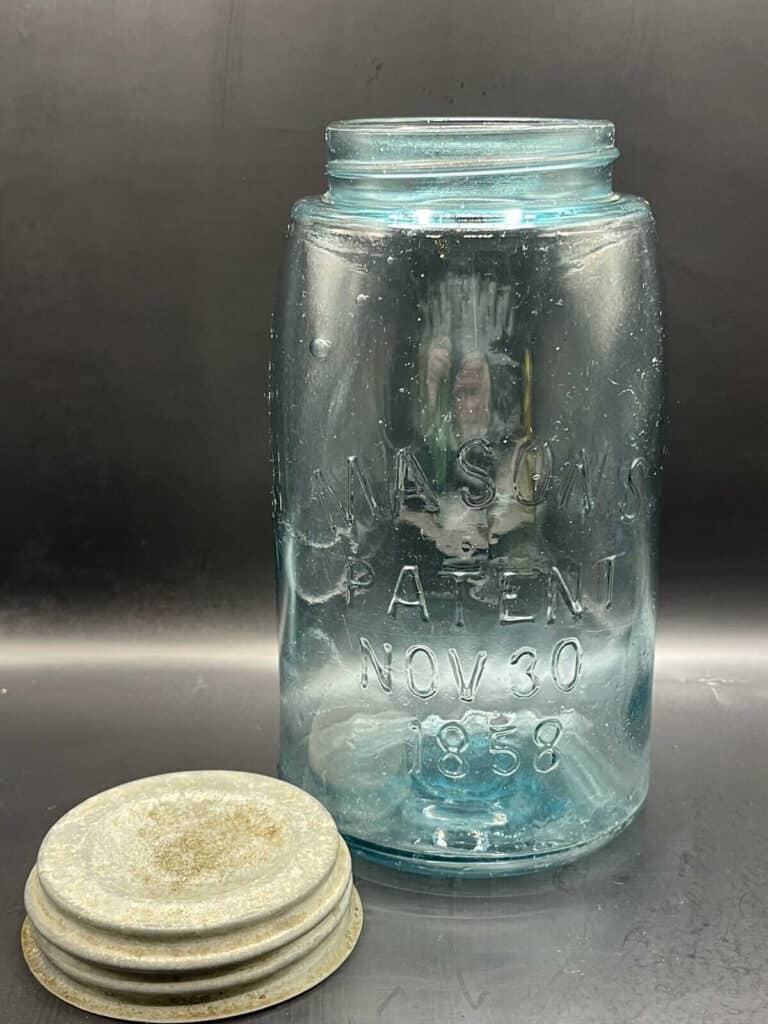
This is, without a doubt, the first brand that comes to most people’s minds.
This is the brand as they are the inventors of the mason jar as we know it. Invented in 1858 by John Landis Mason, these jars revolutionized food preservation with their reusable, hermetic seal design. The earliest versions, now highly prized by collectors, are identified by the words “Mason’s Patent Nov 30th, 1858,” embossed on the glass.
Unique features such as a bluish tint (often called “aqua” or “marine” by sellers) were caused by the mineral content of the sand used in the production process. Additional features such as their unusual size and shape add to their allure and increase their value.
2. Ball Corporation
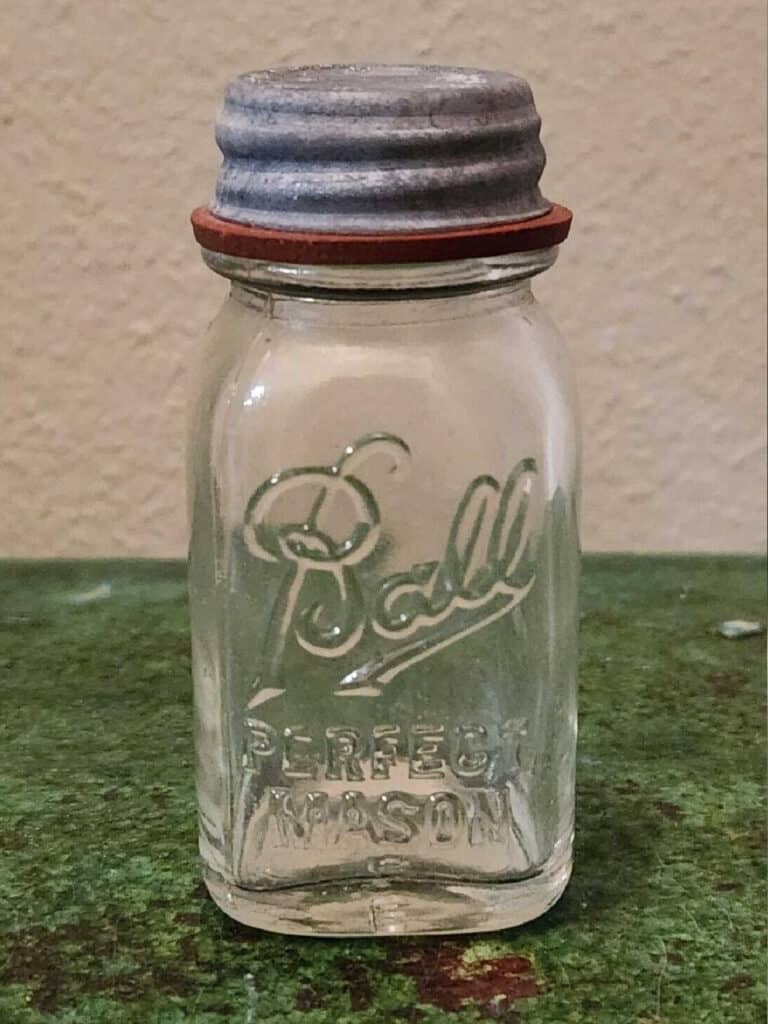
Ball Corporation, founded in 1880, came a bit after Mason but was still a main player in the industry.
Initially a producer of wood-jacketed tin cans for paint, the company transitioned to glass jars after recognizing the growing demand for reliable home-canning solutions. This shift marked the birth of the iconic Ball Mason jars, identifiable by the distinctive embossed logo.
Most early jars had the logo “Perfect Mason” which was meant to convey to buyers that there was finally a reason to choose something over the Mason brand jars.
Certain variants, such as the rare “Ball Upside-Down Mason,” and those with unique errors or variations, are particularly sought after by collectors and command crazy high prices.
3. Hazel-Atlas Glass Company
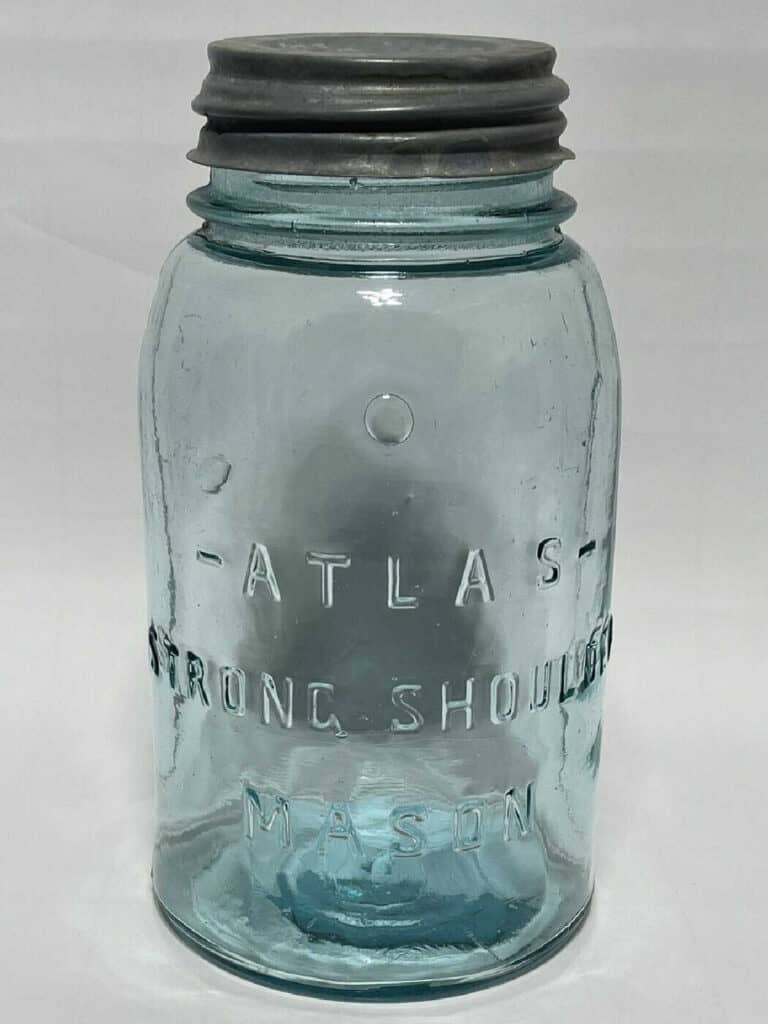
The Hazel-Atlas Glass Company, founded in 1902, holds a prominent place in the realm of vintage mason jars. Known for their diverse range of glass products, from tableware to commercial glass containers, it was their durable, efficient, and beautifully designed mason jars that truly stood out.
Recognizable by the distinctive “H over A” embossed logo, Hazel-Atlas jars are popular among collectors due to their quality, unique patterns, and vibrant colors – such as the coveted cobalt blue, green, and black examples.
The company was also known for its distinctive ‘fruit embossed’ jars, which featured various fruits molded into the glass.
The ‘Hazel Atlas EZ Seal,’ an innovative design that used a wire bail and glass lid, is another much sought-after antique.
These jars often read only “Atlas” on the front but are actually a product of the same company.
4. Kerr Glass Manufacturing Corporation
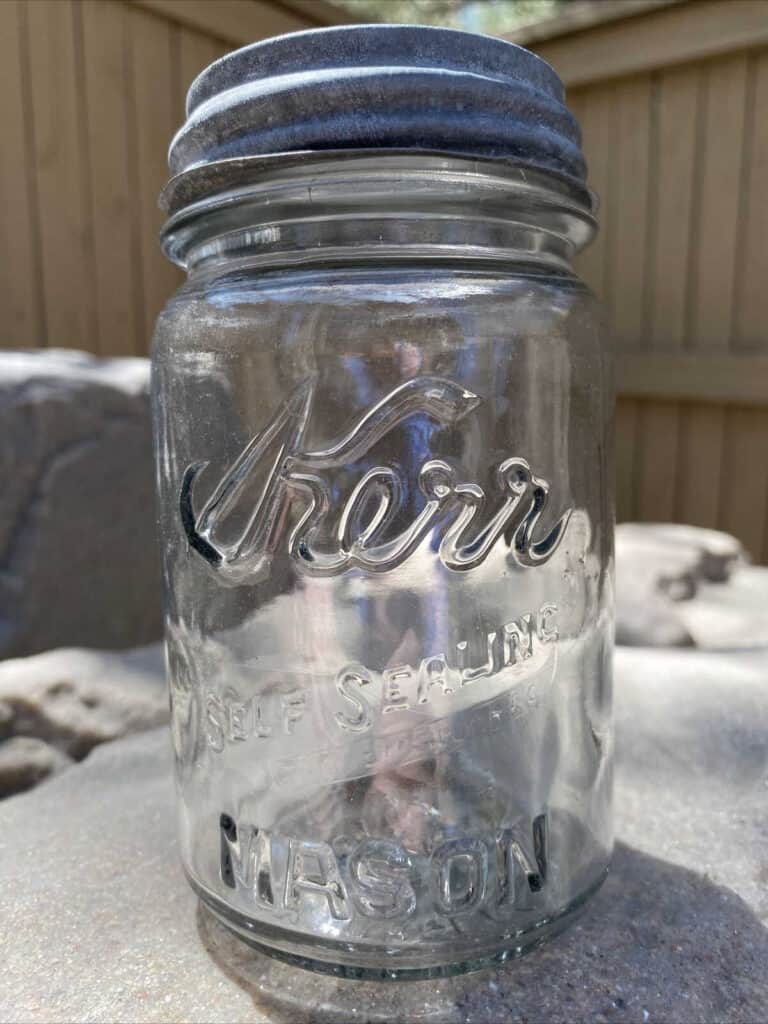
The Kerr Glass Manufacturing Corporation, established in 1903 by Alexander H. Kerr, has a unique place in the pantheon of vintage mason jar producers.
If you’ve noticed, most antique mason jars have one-piece zinc lids as opposed to the cap and ring ones we use today. Kerr is the company that we have to thank for that.
Kerr’s revolutionary invention changed the industry with a lid that is both easy to open and easy to replace. Neither of which, unfortunately, makes them more valuable for our purpose.
We want the valuable antique ones!
Vintage Kerr jars, particularly those produced early in the company’s history, are identifiable by the embossed Kerr logo. Notably, some of the most valued Kerr jars include the ‘Economy’ and ‘Self Sealing’ lines. Unusual colors or errors in the embossing also add to the value of certain jars.
5. Swayzee’s
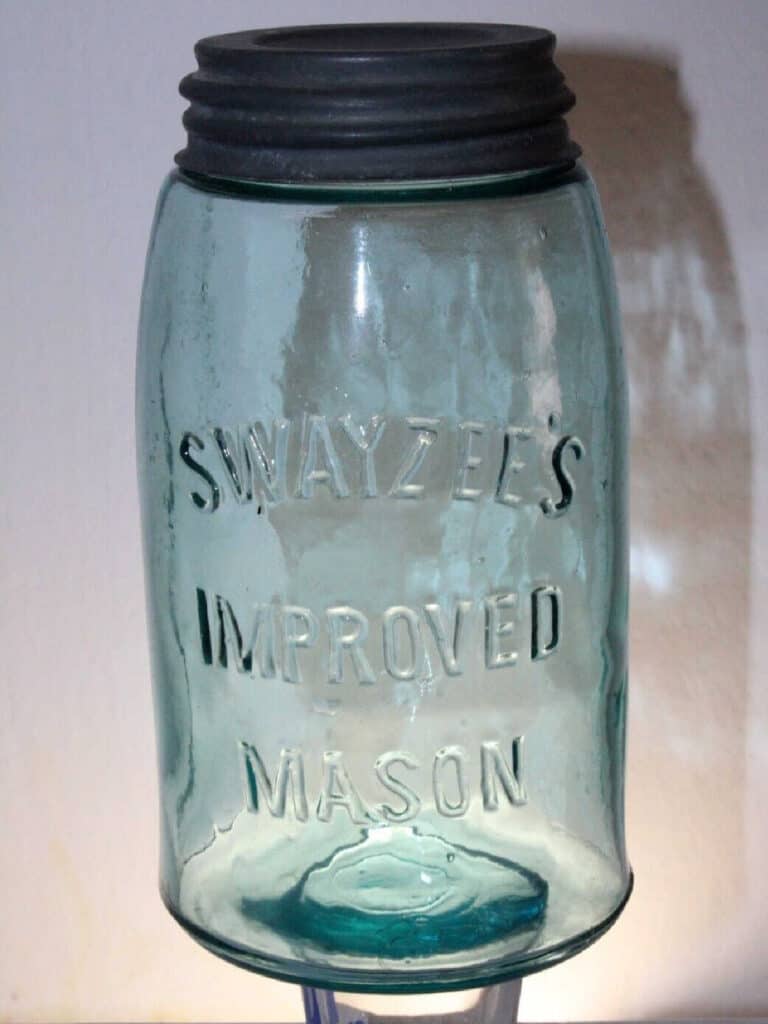
Swayzee’s Glass Company, founded in 1894 in the small town of Swayzee, Indiana, holds a distinct niche in the vintage mason jar market.
Even though its operation was short lived (it shut down in 1903) and it’s reach was quite regional there is a significant market for the surviving jars.
Their jars are easily identified by the embossed “Swayzee’s Improved Mason,” and are highly prized among collectors, primarily because of their scarcity.
Furthermore, the company’s historical narrative adds to the allure: it was the first glass factory in Indiana with a union contract, which gave it a unique place in labor history. For vintage jar collectors, unearthing a Swayzee’s mason jar is akin to finding a rare gem, and the limited number of these jars in existence only enhances their value.
Now, these aren’t the only jars that have valuable but, for 99% of us, they are the only ones we’ll run into on a regular basis.
If you’re a hardcore collector, however, also keep as eye our for a few less-known but still valuable brands:
- Drey
- The Champion
- Whitning
- Lightning
- Everlasting
- Beaver
- Glove
Don’t just grab any Anchor Hocking jars, nobody wants those.
3 Rarest Mason Jar Designs (Worth Money)
While it’s extremely unlikely that you’ll ever find of of these to sell (no impossible though…) it’s still fun to know a few of the most valuable Mason jars.
While not all of these are crazy rare, they’re all unique designed that are worth good money and should be picked up for reselling or adding to your collection!
The Lightning Jar – Worth $300-400
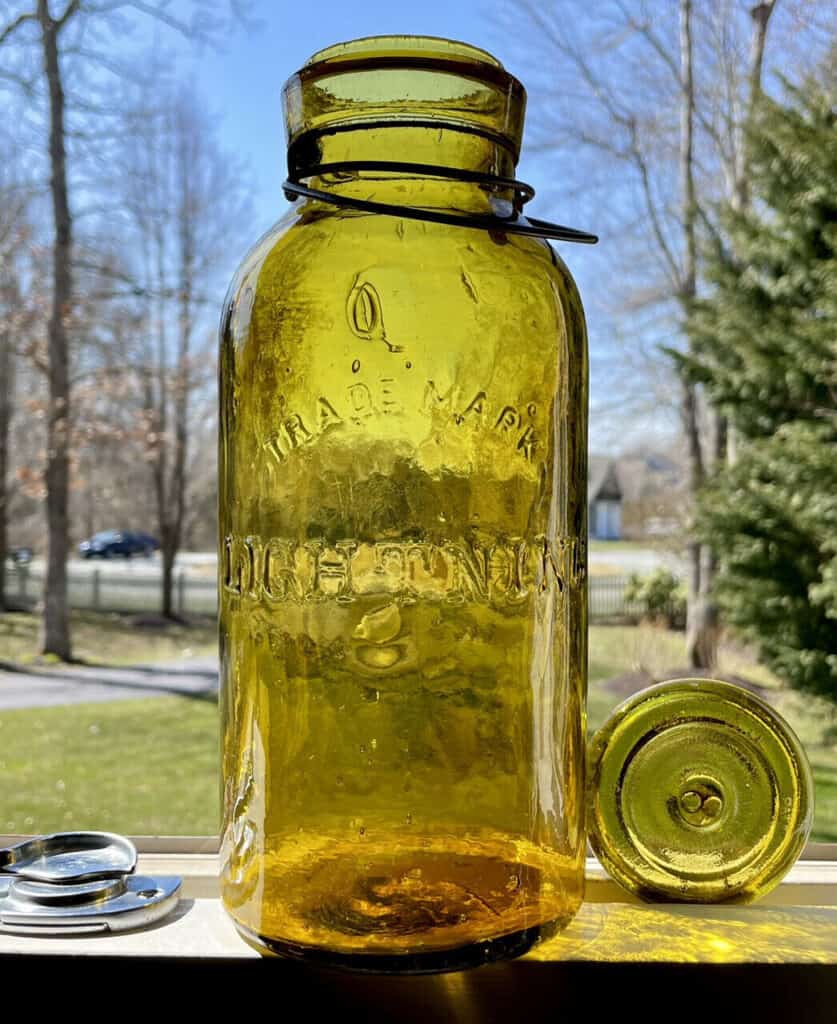
Lightning brand fruit jars are some of the most desirable jars to collectors. This amber version in excellent condition is a stellar example and sold for over $450.
Amber & Purple Mason Jars
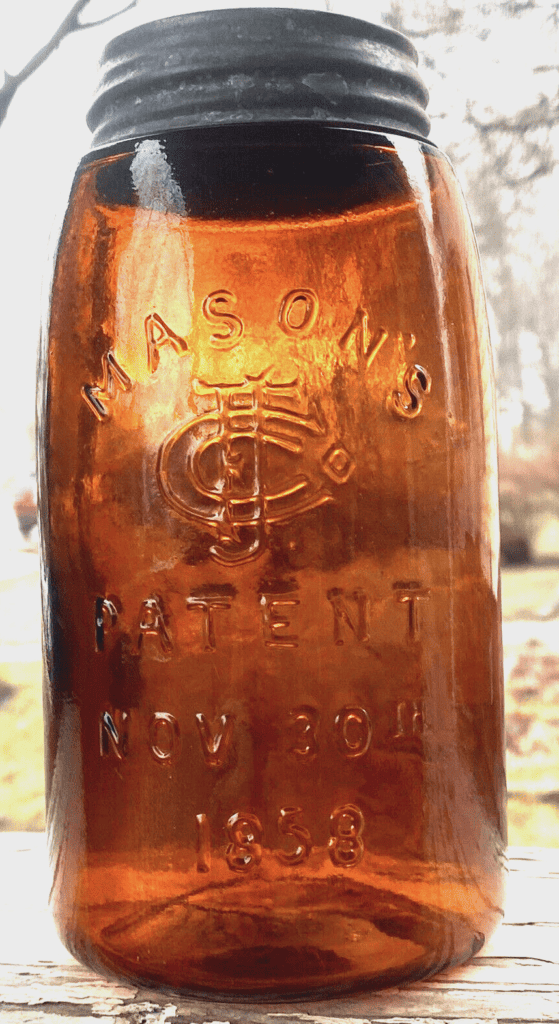
When it comes to Mason brand jars the color is a huge selling point. The harder a color is to find, the more likely it will be that a group of collectors will be clamoring to buy it from you.
The most desirable (and hard to find) colors are typically purple and dark amber. The dark amber jar above is an early example from Mason that ended up selling on auction for $555.99.
Textured Glass
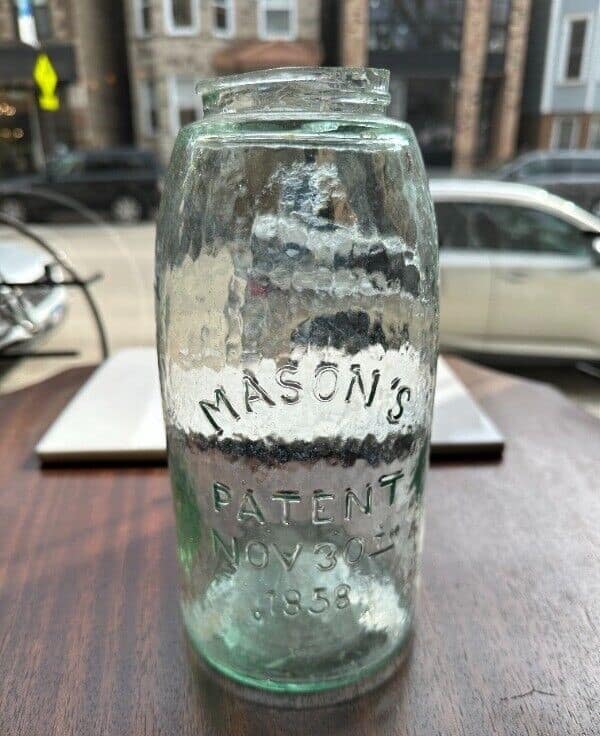
Really early jars tend to have much more texture than modern glass. Often called “wavy, bubble, or hammered” glass these jars suffered from inefficient manufacturing practices, impurities in the glass, and uneven cooling.
However, their unique look has become extremely desirable and the jar above sold for right around $100 despite having several chips around the rim and being in overall poor condition.
While those three are just a small taste of the jars out there worth big money, hopefully, it gives you enough to run with. Just know that, in essence, the more unusual a jar is the more money it will be worth!
How To Date & Value Antique Mason Jars
I’ll be the first to admit that I’m not an expert when it comes to dating and valuing mason jars. When I first started out reselling them I knew that there were jars worth money (and the older they are the better) but that’s the extent of it.
Luckily I’ve managed to be mildly successful despite my lack of knowledge so I’ll share the methods I use.
Method 1 – Ballpark. If you’re trying to sell your jars on eBay (or even at an antique market) then you don’t need the know the exact date of production. It will be much easier to pin down an era (eg 1890-1920) and will be good enough for almost every buyer. Most buyers are actually buying based on the color and style and don’t car as much for the historicity…they just want it to be an antique.
Method 2: Check the jar. Several companies include some version of the year on either the jar or the lid. If it’s there, your work is done.
Method 3: Comparison. This is the actual method that we use and the one that works the best. We simply go onto eBay (or other auction sites like eBay) and find similar jars. Companies produced styles and types of glass in discrete eras so it’s fairly simple to just describe what you’ve got and find a listing from someone who is either an expert or has done a bunch of research.
As far as value goes, the comparison method will be your best bet. Simply checking what similar jars have sold for will give you the best idea of how the market is currently valuing similar jars.
I will say that, when in doubt, price high. You may have the exact jar that someone wants (and is willing to pay an arm and a leg for) but you can’t ask for more money if it sells within a minute of listing – which has happened to us.
If you do overshoot on the price you can always lower it later.
Example – Date & Valuation Of An Atlas Mason Jar
So, let’s run through an example of a mason jar I found recently:
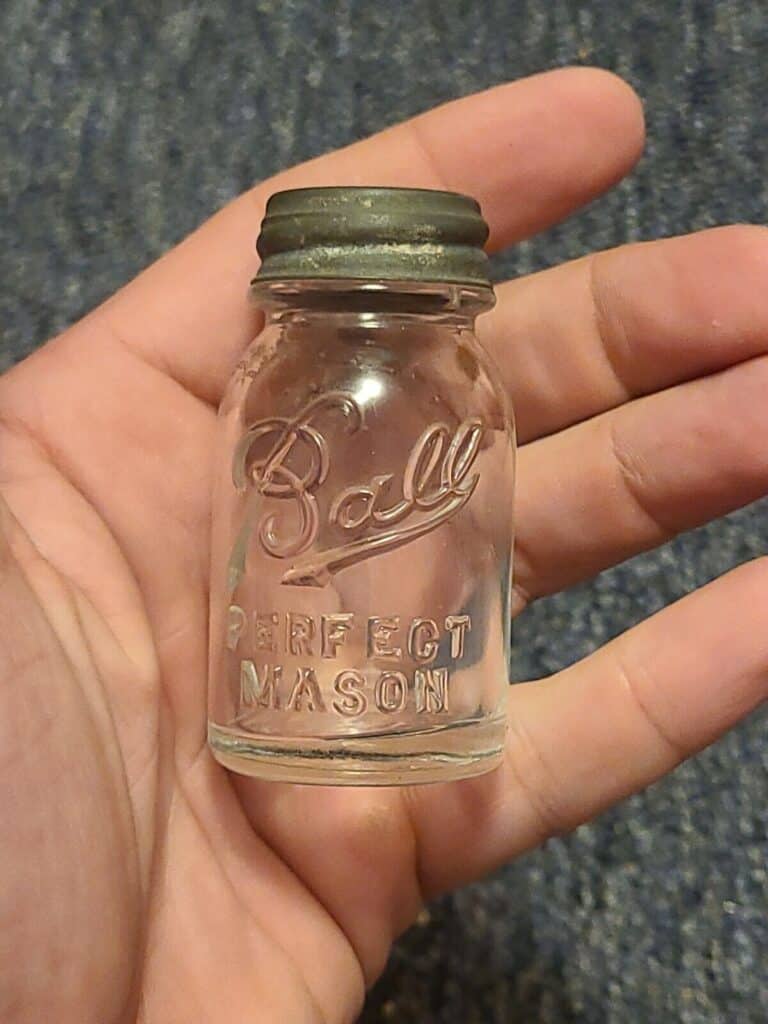
I started off with an eBay search just describing the jar:

That was enough to tell me exactly what the jar is, and approximately what it’s worth.
Here are the search results that popped up and helped me to identify what I had:
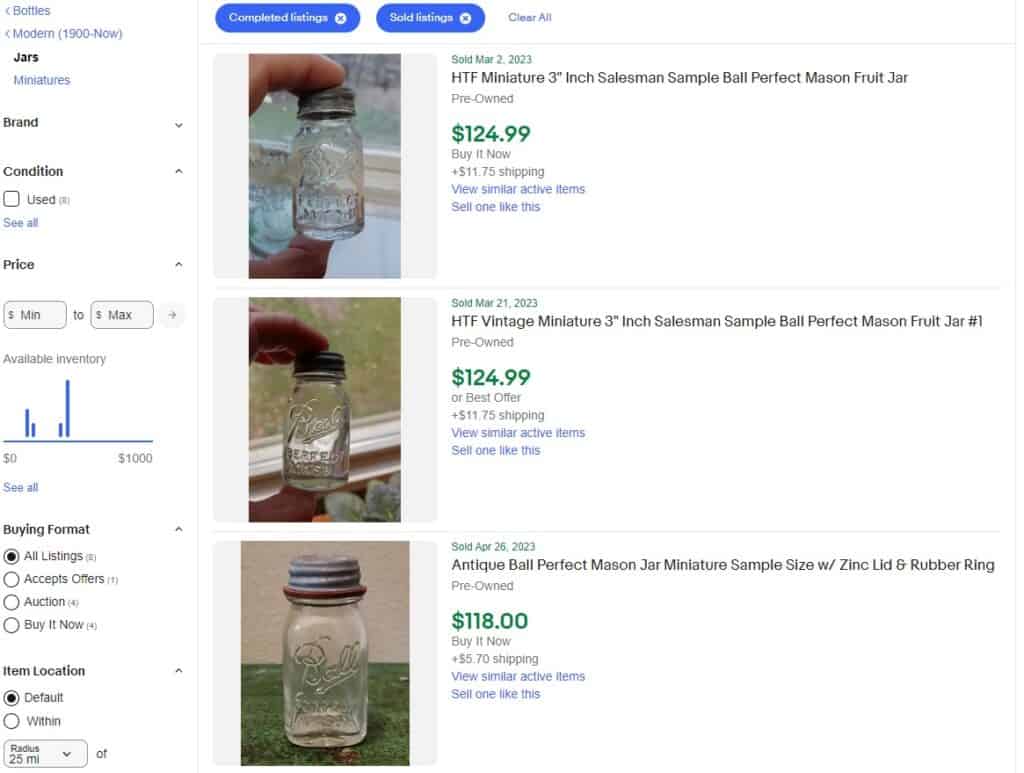
So I have an “Antique Miniature Mason Jar with A Zinc Lid – Salesman Sample” that I priced at $120 plus shipping.
I also learned that they made very similar ones that were salt and pepper shaker (the main difference being the lid) that are worth a bit less so I lucked out!
Note that I didn’t actually get a date for it. It was antique that’s all I needed to know to sell it!
How & Where To Sell Mason Jars
If you’re looking to sell Mason Jars for any serious money, you have two options: online or at some sort of antique store/flea market, etc.
As a long-time eBay seller, I’m a huge proponent of selling on eBay. Even though valuable Mason jars is a rather niche market there is no larger market available than eBay. Because it is the largest market, it also provides the best sales prices as demand is the main driver of value.
If selling on eBay (or Etsy as a backup) is a bit much for you, flea markets, antique stores, and home goods stores are all an option. If you don’t want to do the selling you can even place it in someone else’s booth to sell on commission, just expect to pay a heft fee when it sells (up to 40%).
Conclusion
IX. Conclusion A. The enduring appeal of vintage and antique mason jars B. The joy of collecting and preserving a piece of history

